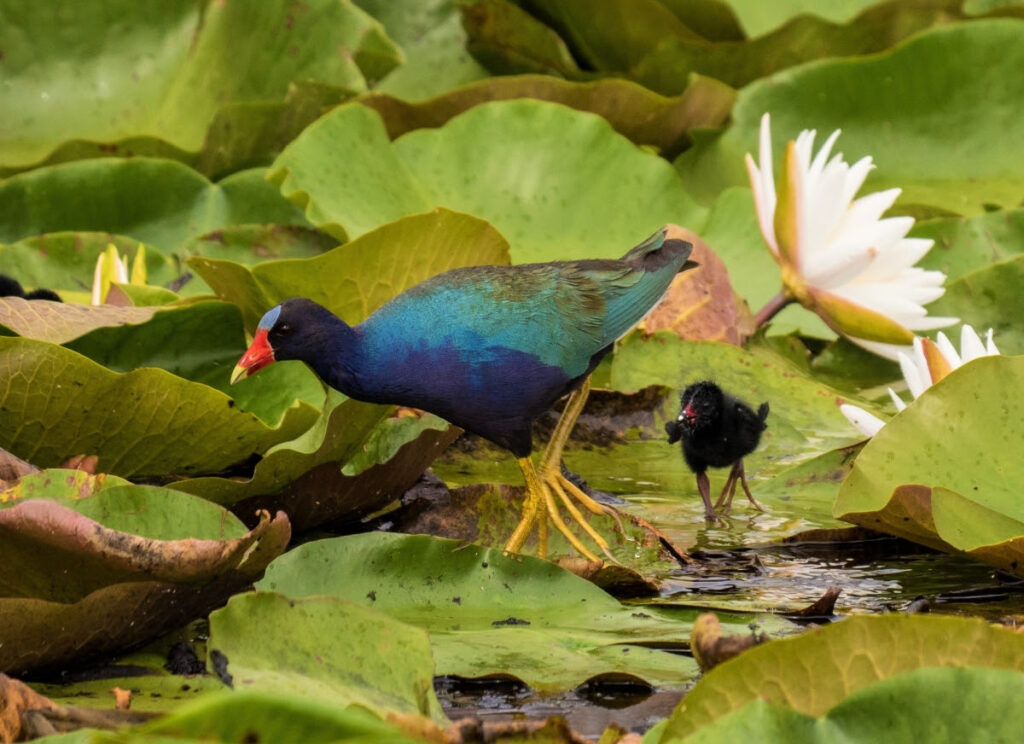A Museum’s Back Hallways
When I was first researching The Marsh Queen, I knew my protagonist was going to be a bird artist at the Smithsonian. I knew something about watching birds, and I knew that bird artists often drew using what ornithologists called “bird skins,” but I had never seen one for myself.
Since I was in Washington, D.C., I called up the Ornithology Department at the Smithsonian National Museum of Natural History. I’d been referred to them by a recently retired Smithsonian librarian whom I’d met at a bird-watching site in Trinidad. With that introduction, the director of the Ornithology department said, “Come on over!” and I did not have to think too long about my answer.
I was allowed into the back hallways of the museum, and was able to see the vast collection of bird skins in wide, shallow drawers. The bird skins are carefully preserved bodies of actual birds, minus the innards. These collections are integral to natural history research and essential to bird artists.
The Marsh Queen shows Loni drawing birds at the museum, but then she is called back to her home town at the edge of the Florida wetlands to help her mother, who has had a fall. While she’s in Florida, she avails herself of bird skins loaned to her by a local university. But she also ventures out into the swamp to draw from life. This is when things get complicated.
She rents a canoe and paddles through the wetlands in search of this stunning purple gallinule.
What Loni doesn’t know is that while she’s searching for this bird, she also needs to watch her back.
I’m indebted to the ornithologists and natural history artists at the Smithsonian who gave me their time and indulged my curiosity. They helped me round out Loni and her craft, as well as her passion for the birds.
Next time: Some outtakes from The Marsh Queen and a glimpse of Trinidad’s Asa Wright Nature Center.

